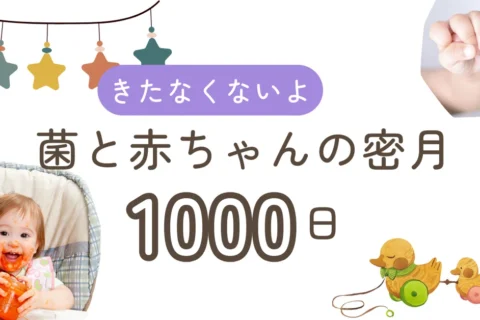At Symbiosis Institute, we are mainly engaged in research and development of transplantation of intestinal bacteria (plexus) (intestinal flora transplantation) under the theme of “coexistence and co-prosperity with microorganisms”.
The actual transplants are performed on patients by clinicians who belong to the “Intestinal Flora Transplantation Clinical Study Group.
Today we bring you an interview with Dr. Masahiko Shirotani, Director of Luke’s Ashiya Clinic who is also the Executive Director of the Study Group, among the ” affiliated medical institutions where intestinal bacteria (plexus) transplants are available”!
*What is referred to in the text as “Shimizu-style intestinal flora transplantation” is a transplantation using our method.
(You can also watch the YouTube video at the bottom of this article.)

How did we come to focus on intestinal flora?
At Luke’s Ashiya Clinic, we aim to treat the root cause of disease.
We believe that it is very important to maintain a good intestinal environment in order to achieve the root cure.
I originally started this clinic because I myself had an intestinal disease (ulcerative colitis) and learned firsthand the importance of regulating the intestinal environment.
I heard that a university was doing a transplant of intestinal bacteria (plexus), and in fact I have experienced the transplant myself. Unfortunately, however, it was not as effective as I had hoped.
As I continued my research, I heard that transplantation could be done in a more effective way, and I suddenly began to pay attention to the intestinal flora.
What is the difference between a transplant at a university hospital and a transplant at a university hospital?
First of all, the transplantation of intestinal bacteria (plexus) in the Shimizu method is a simple method of transplantation.
I think it has an advantage because it reduces the burden on the patient.
Also, my own experience is the physical changes after transplantation.
When I had an intestinal bacteria (plexus) transplant at a university hospital, I did not feel any change in my body after the transplant. This time, when I received the Shimizu-style transplant myself, I did not understand it immediately at first, but after a few days, I could feel that my body was feeling very much better.
What is a transplant of intestinal bacteria (plexus) in the first place?
When I first heard about the concept of transplantation, I thought, “How outlandish is it to put human stool into the body?” But the more I thought about it, the more I investigated the role of intestinal flora, the more I began to think that it might be an effective method.
In fact, I began to pay attention to it with high expectations, thinking that it may become an indispensable treatment method for the fundamental treatment that we are aiming for at our clinic.
What to expect from a gut microbiota (flora) transplant?
In fact, our hospital was also planning to transplant intestinal bacteria (plexus) by preparing various tools. However, the biggest obstacle was to find a donor for transplantation, and we gave up on the idea.
Shimizu-style intestinal flora transplantation has already established a donor bank. I am hopeful that by utilizing the donor bank, this intestinal flora transplantation will dramatically benefit many patients.
Demonstration of the effectiveness of Shimizu-style intestinal flora transplantation
At the university, the basic transplantation technique is to use saline solution, but the Shimizu method uses a special bacterial solution, which has generated a lot of interest.
From now on, I think it is very important for us to actually demonstrate the effectiveness of this method compared to the actual saline solution and to provide evidence.
I know from personal experience that it is effective in transplanting intestinal bacteria (plexus), and I am confident that it will surely become a bacterial solution that attracts attention.
Future Activities as Executive Director of the Study Group
First of all, we would like many people to know that transplantation of intestinal bacteria (plexus) is an option. After that, we would be happy if we can help those who are suffering from intractable diseases that have not improved after trying various treatments.
As a board member, I would like to focus on educational activities through this study group so that many people will become aware of the benefits of transplantation.
For a transplant consultation at Luke’s Ashiya Clinic (Hyogo, Japan), please visit the Luke’s Ashiya Clinic website at

















